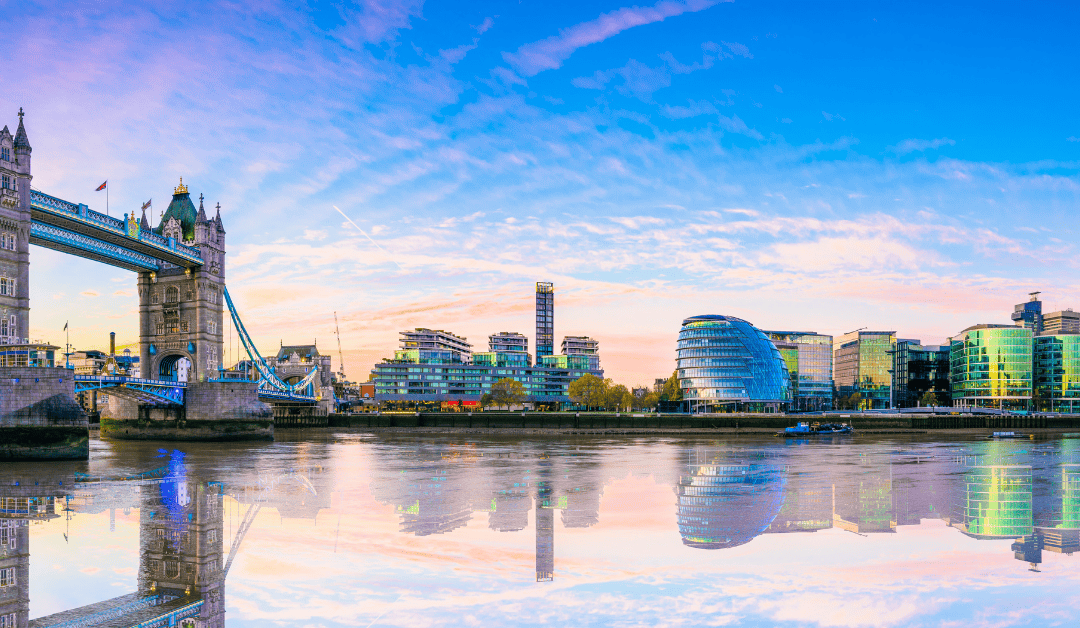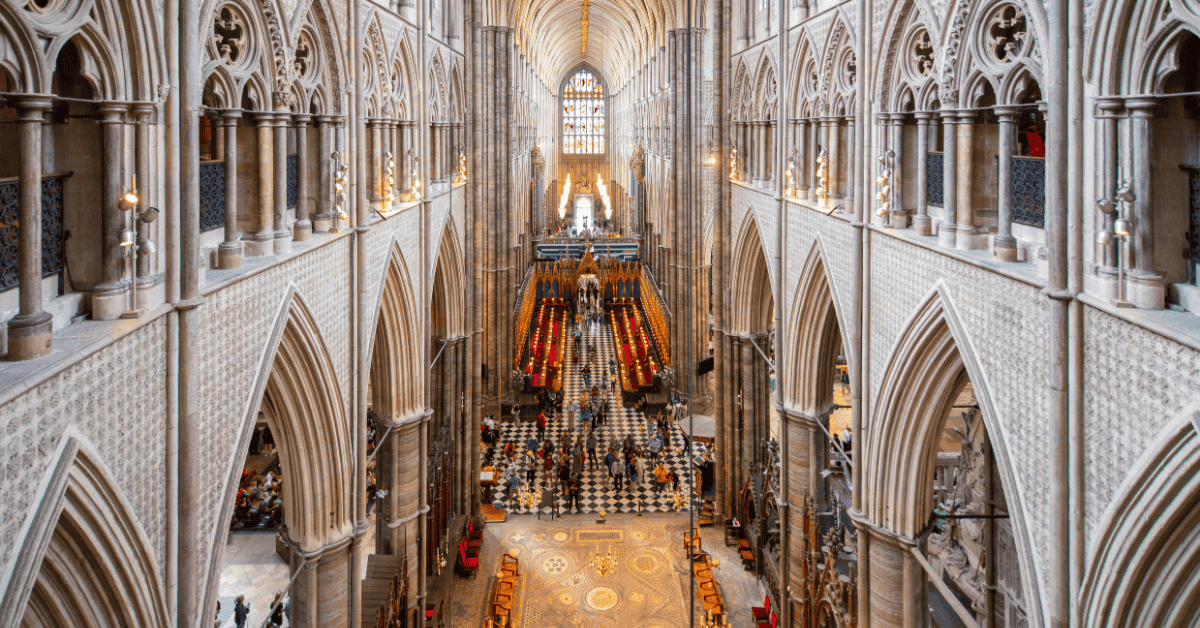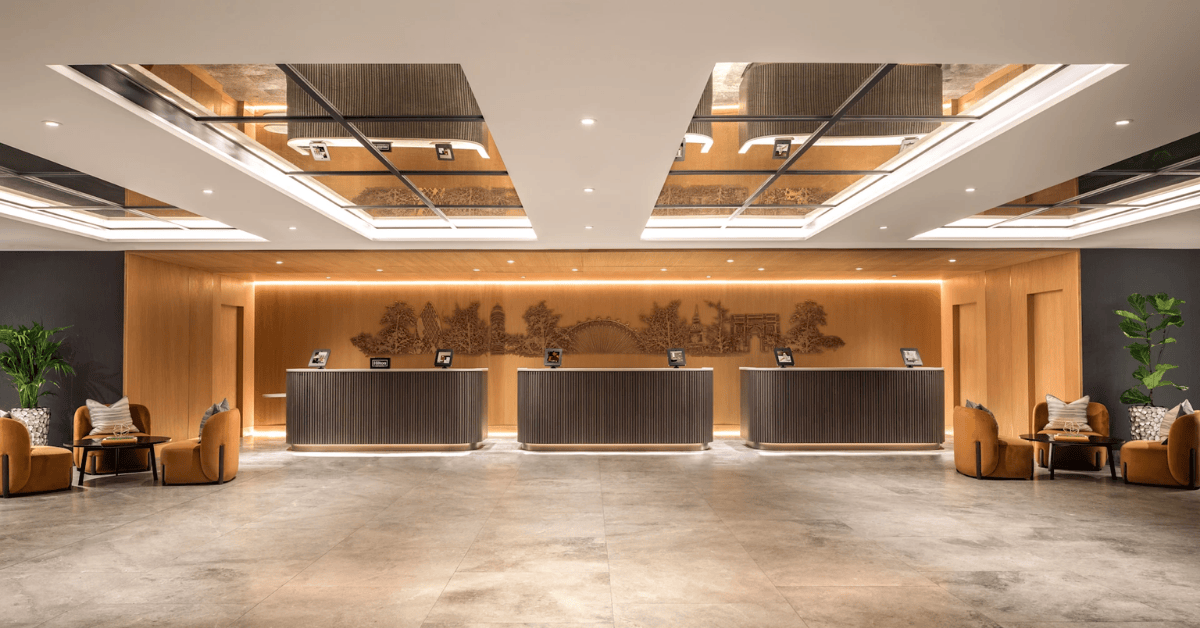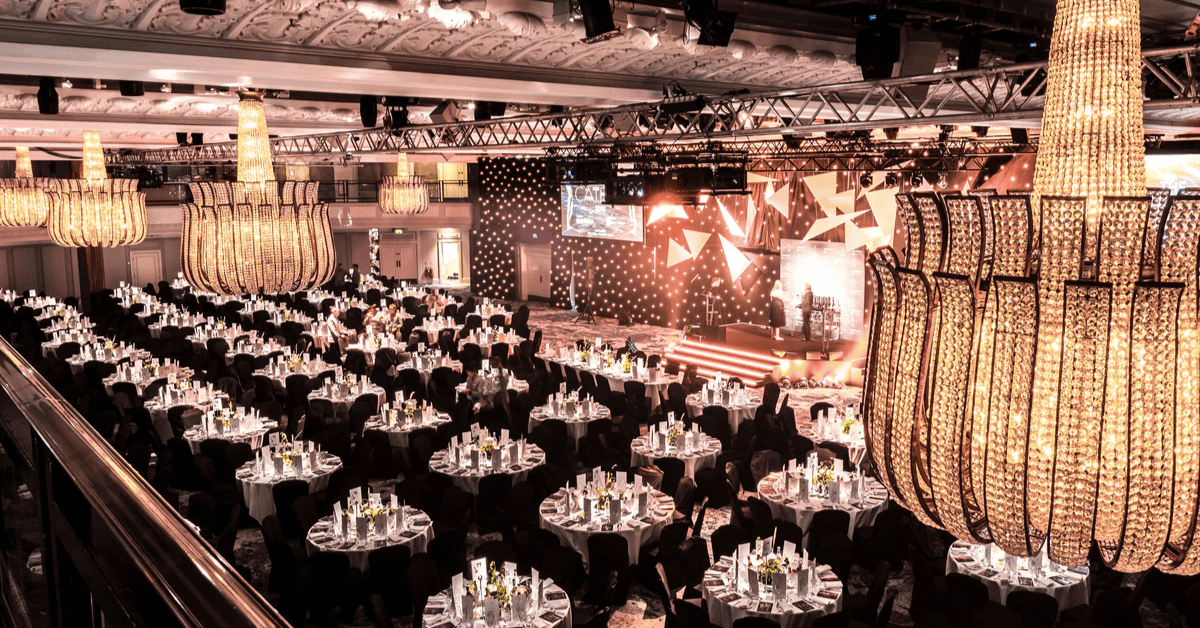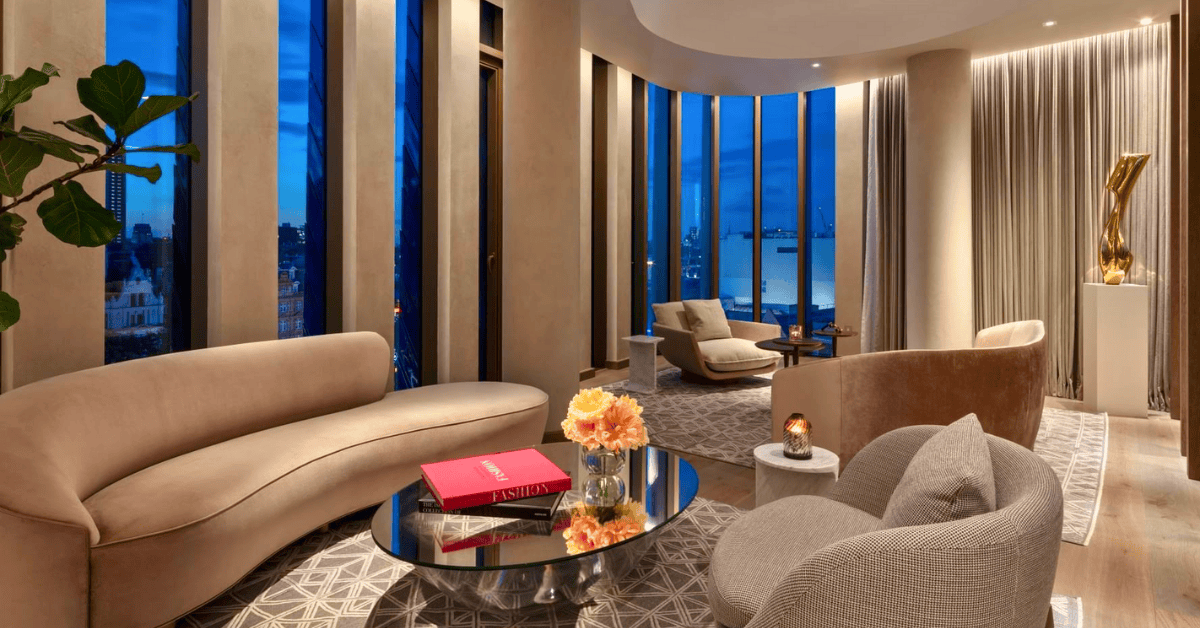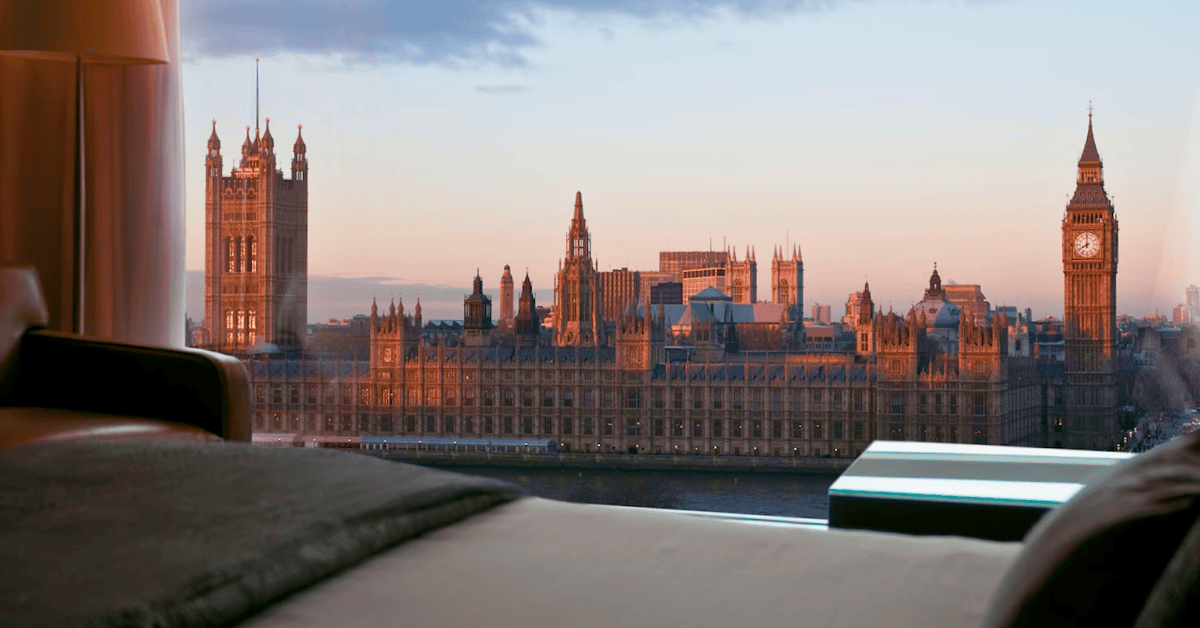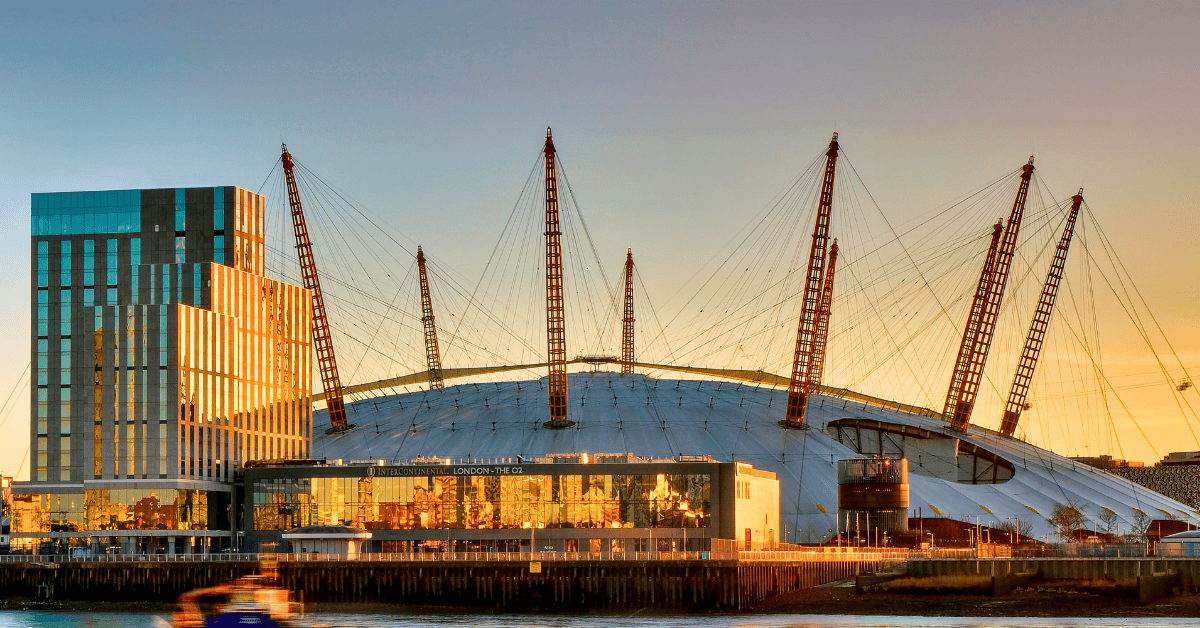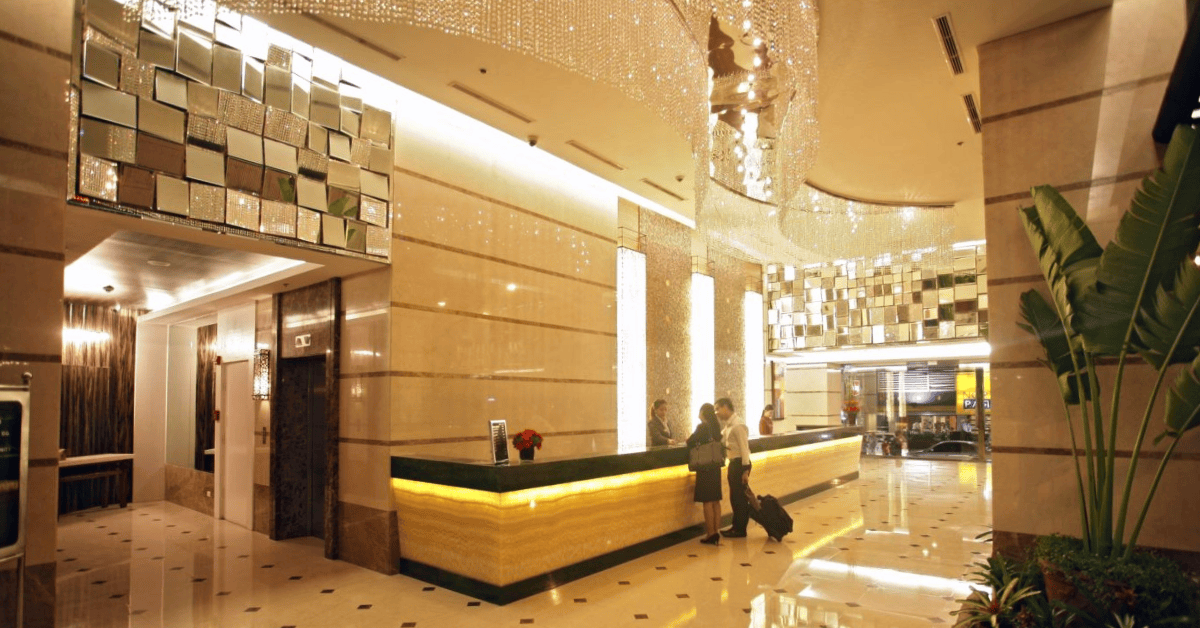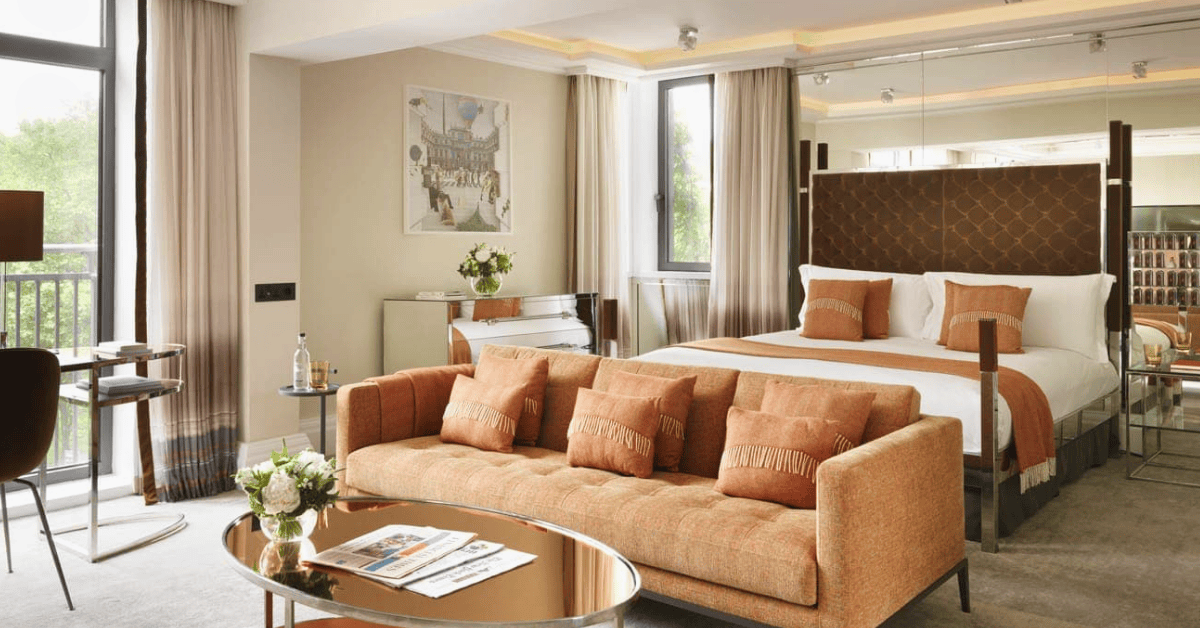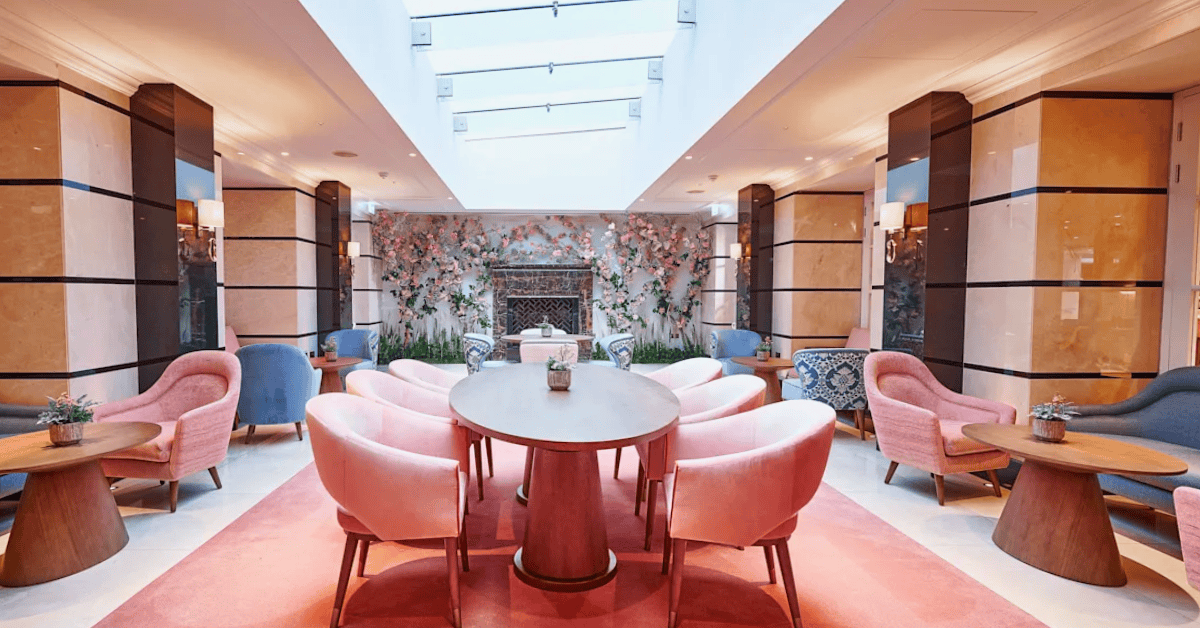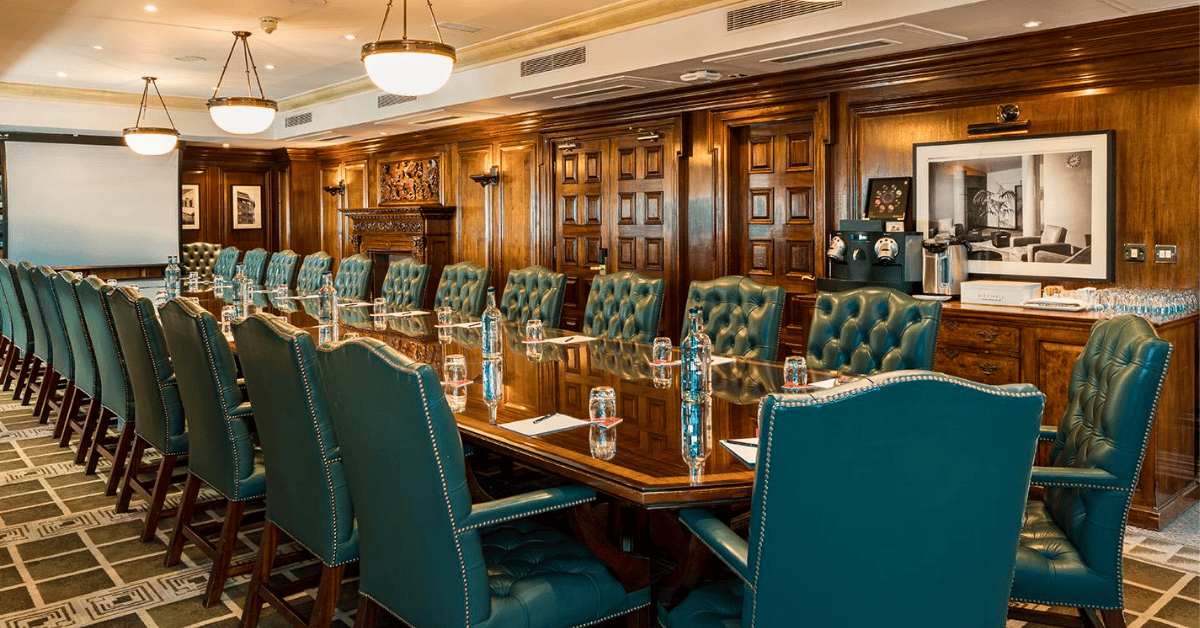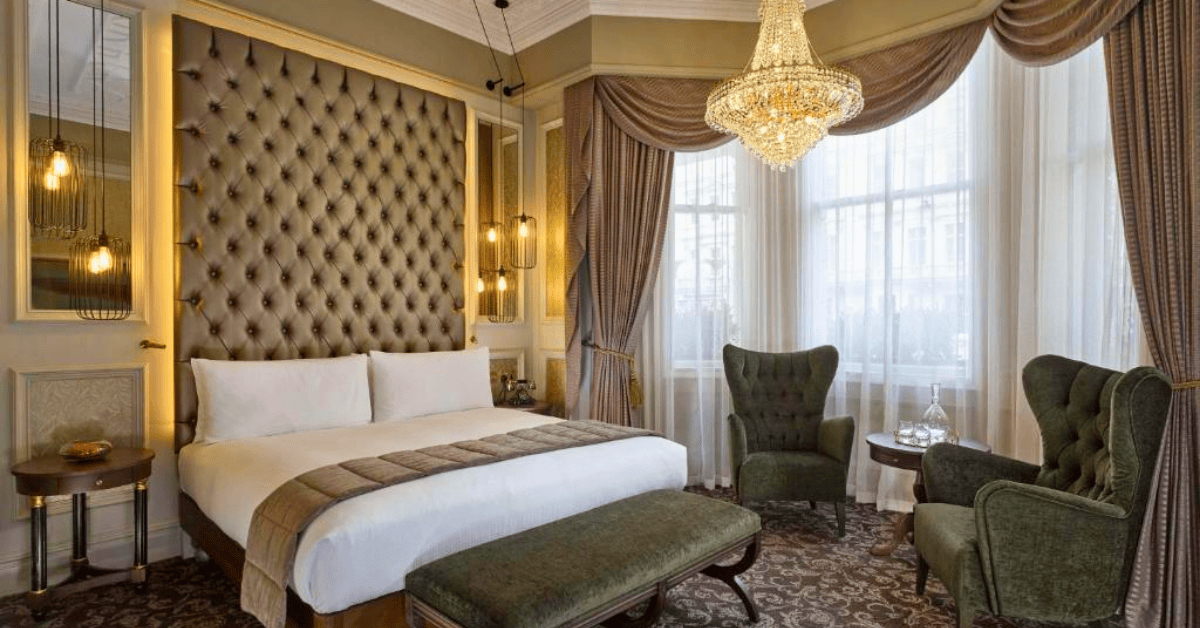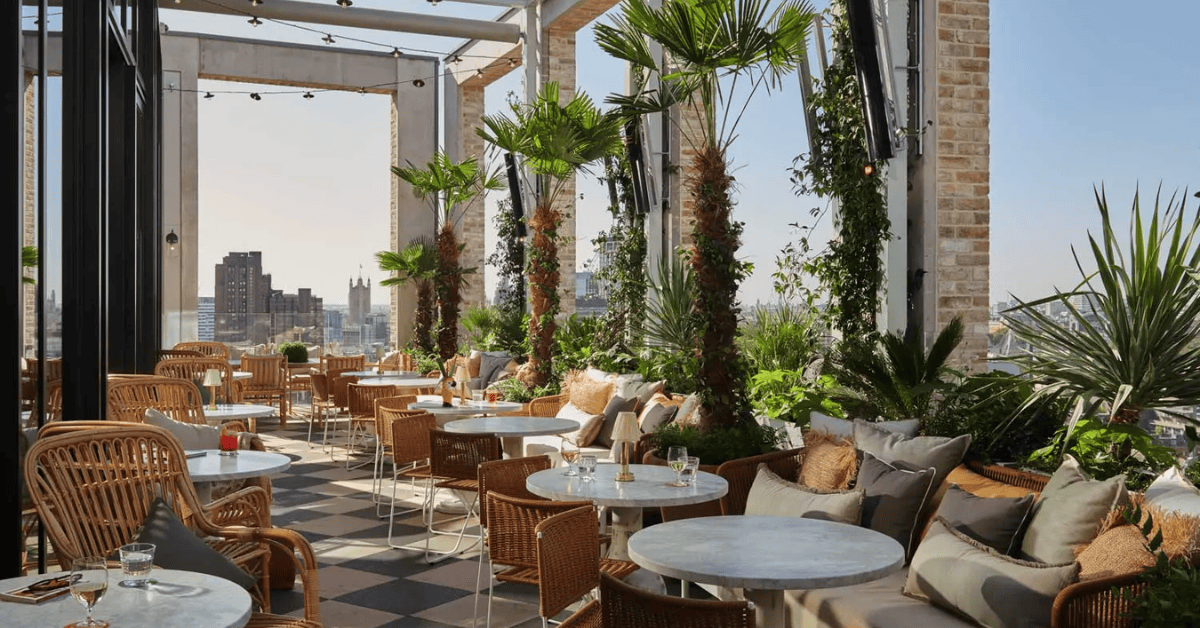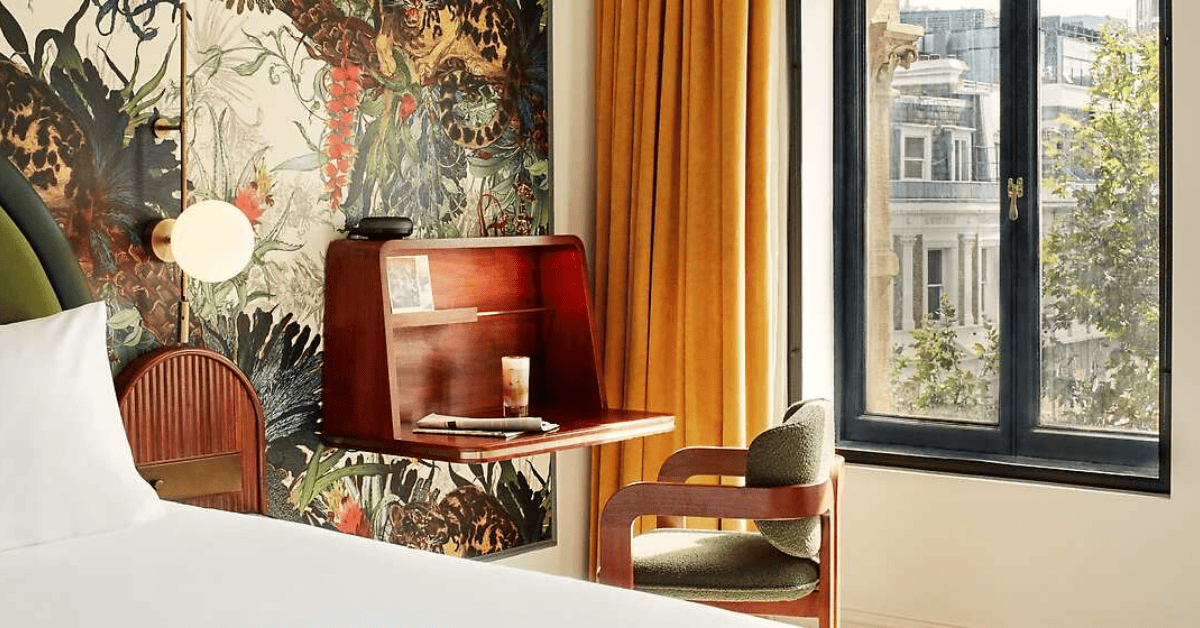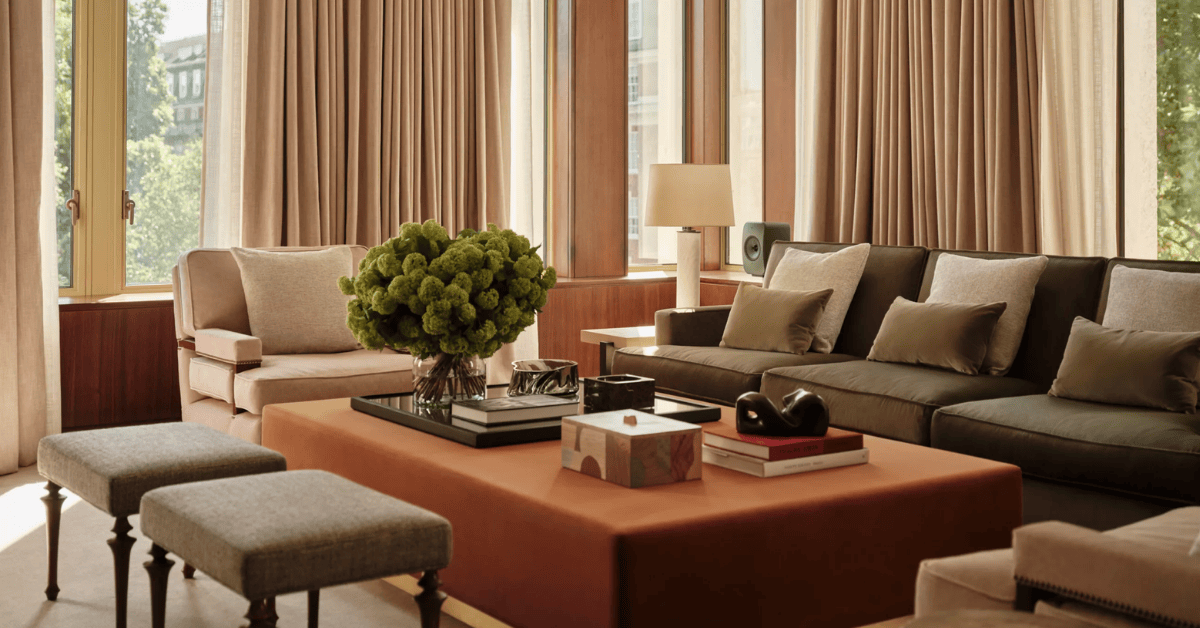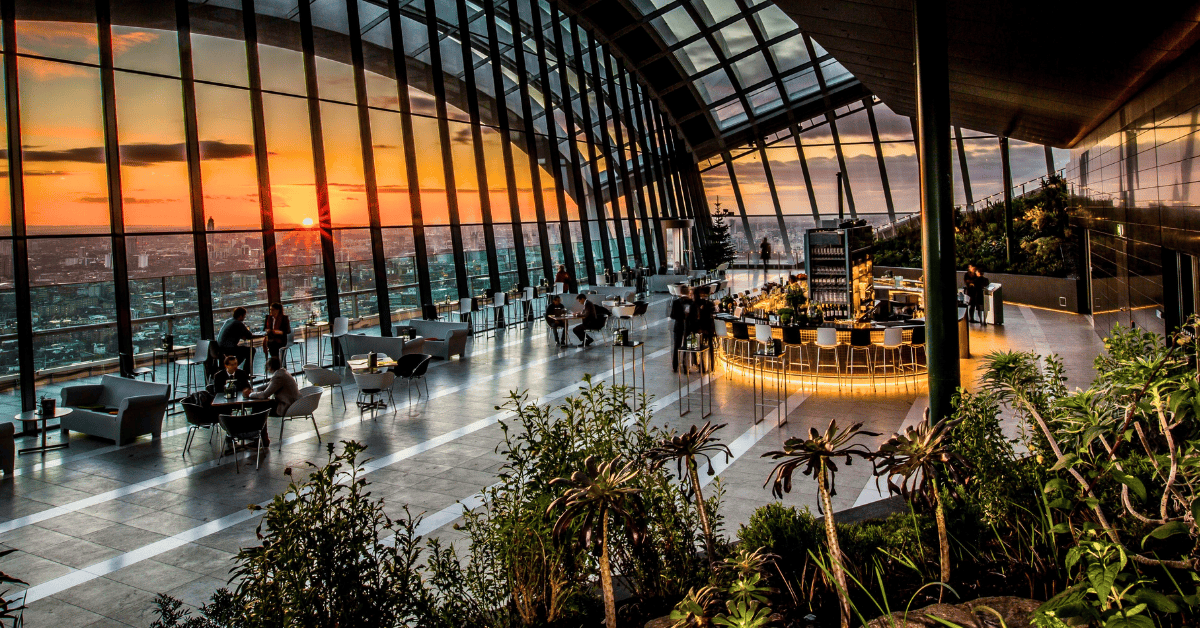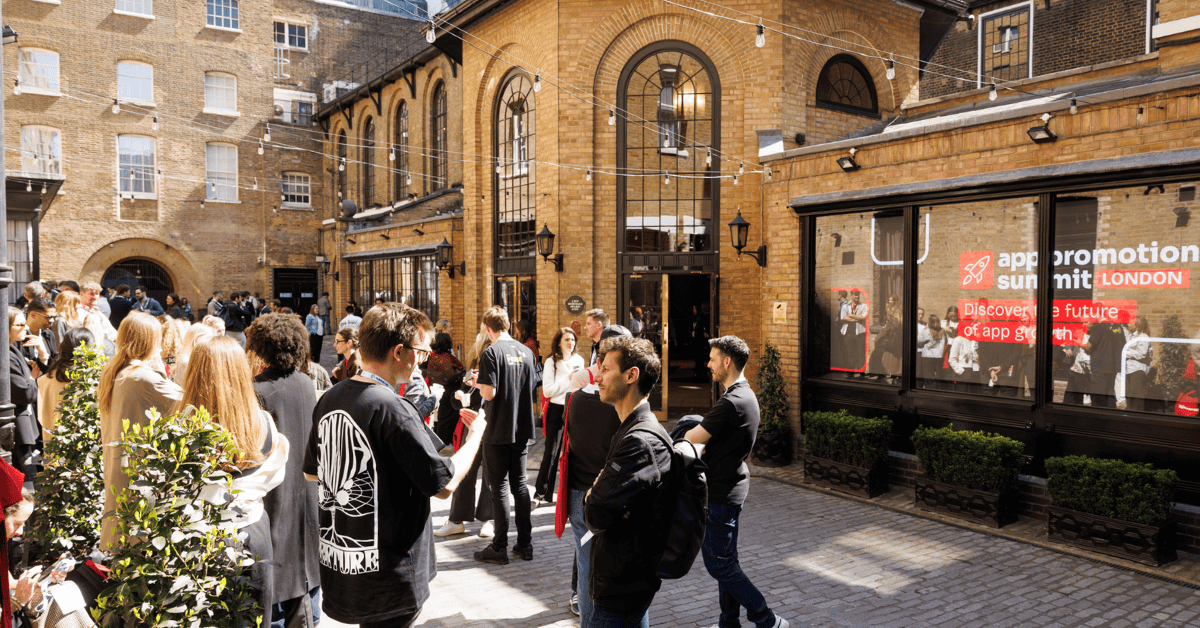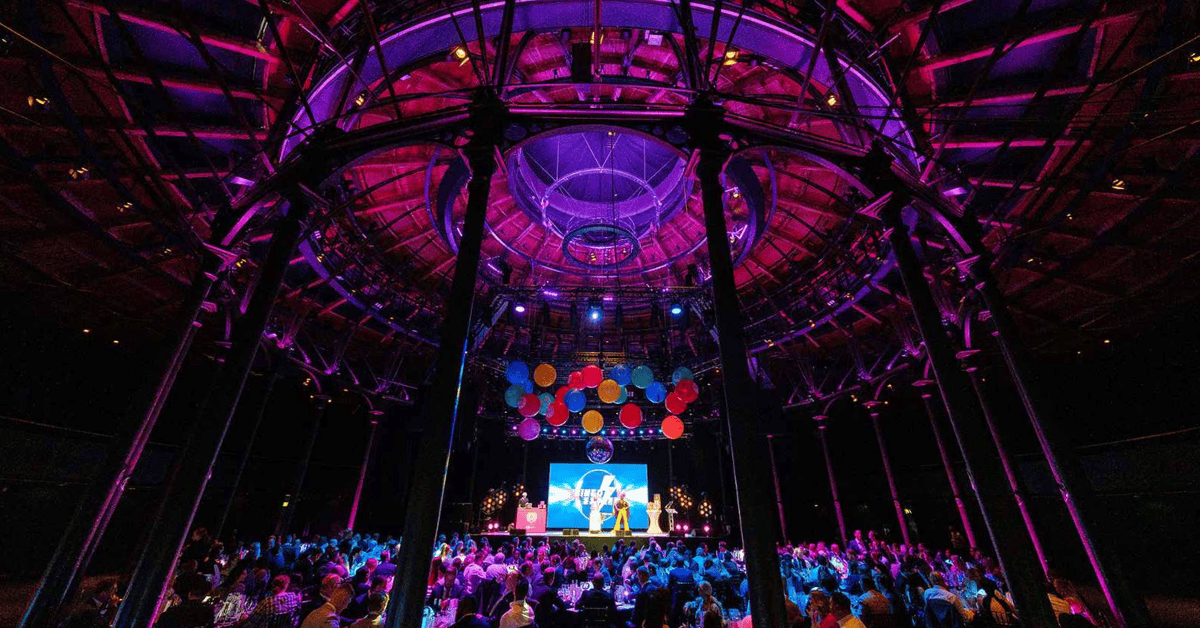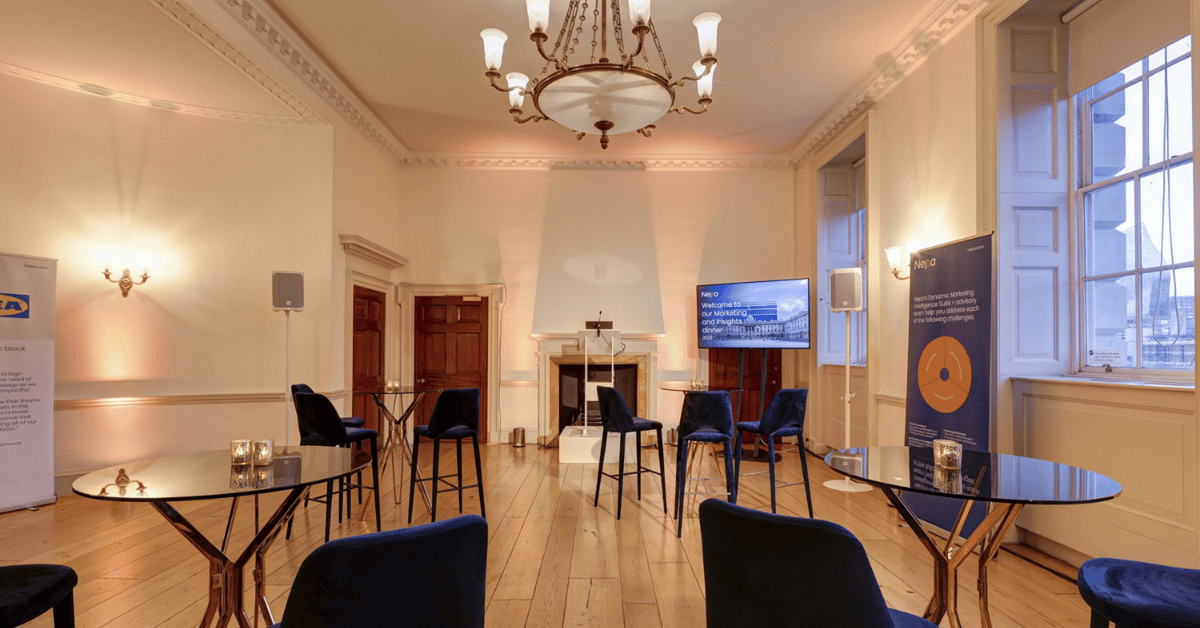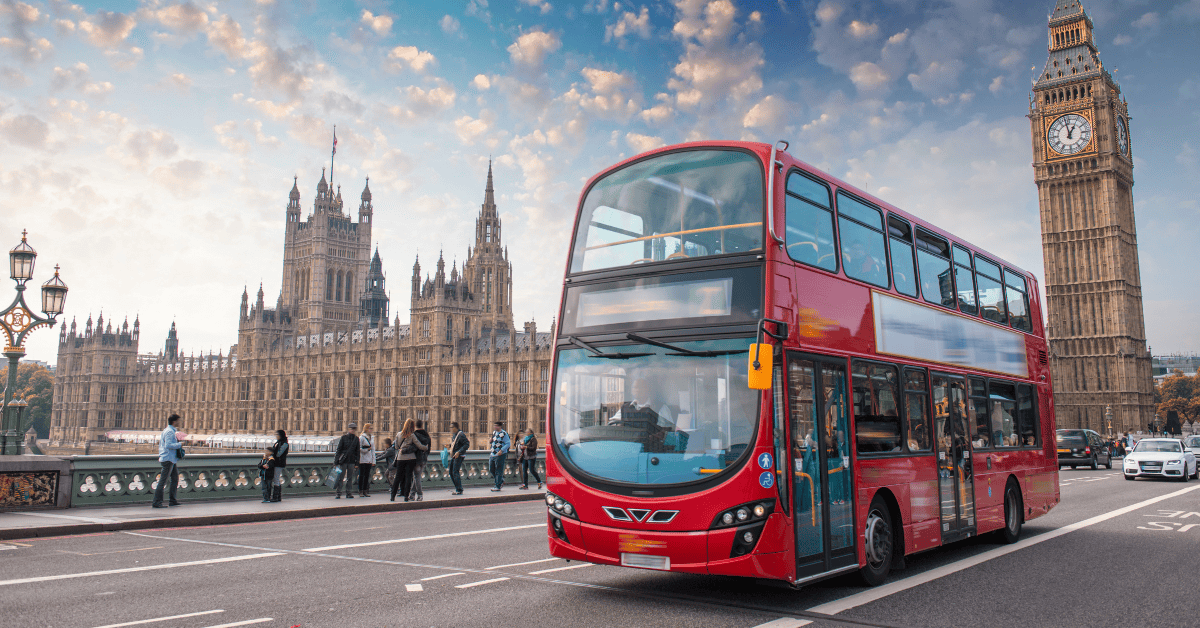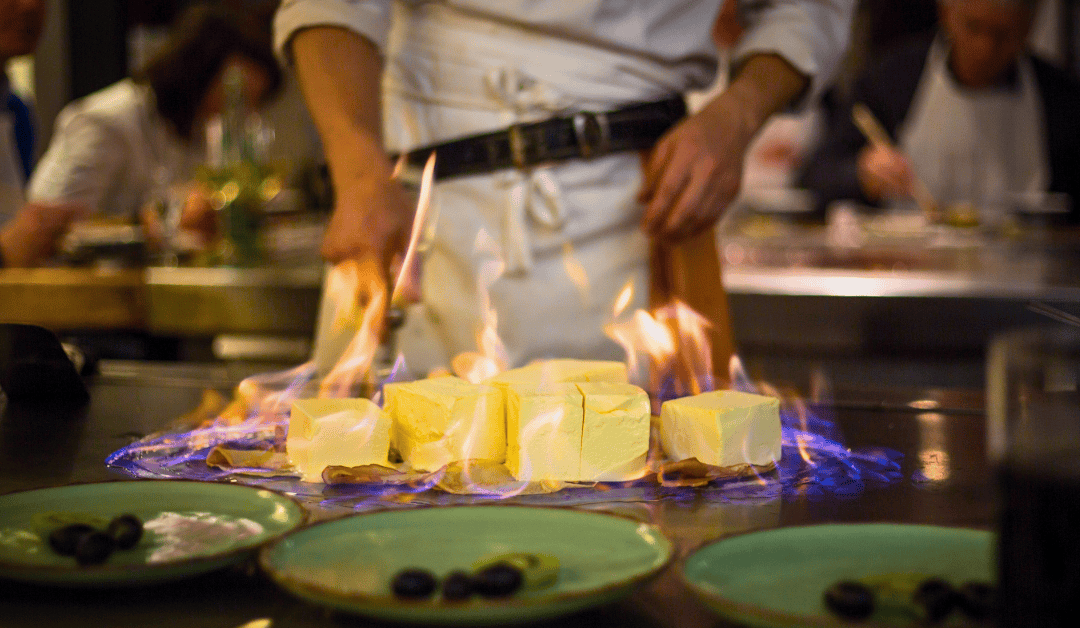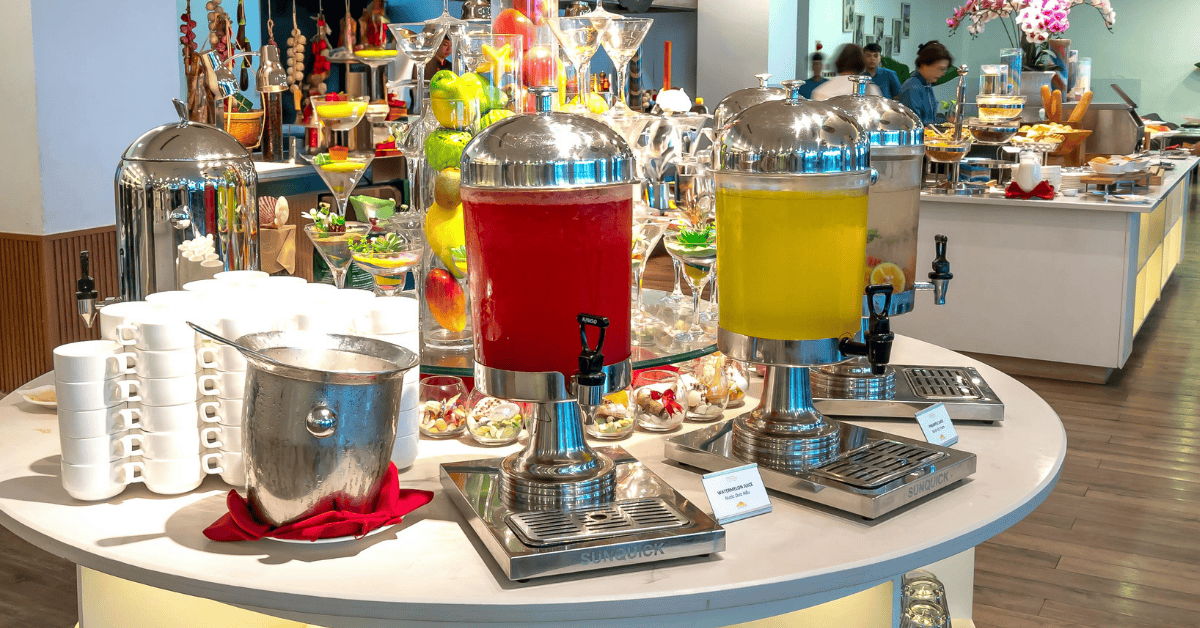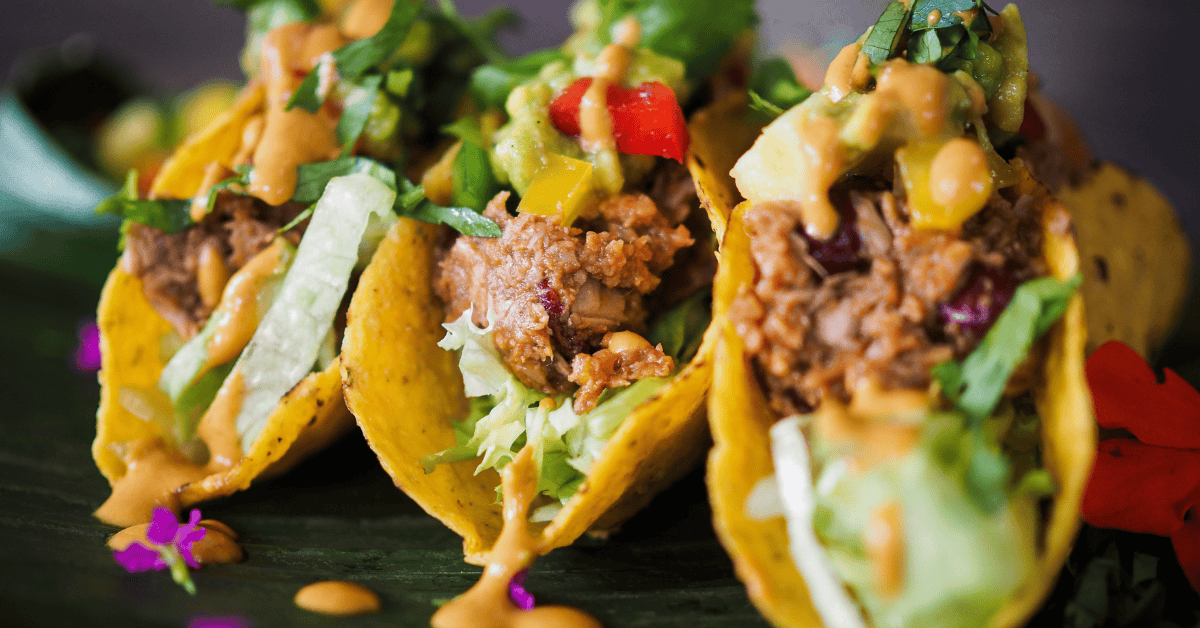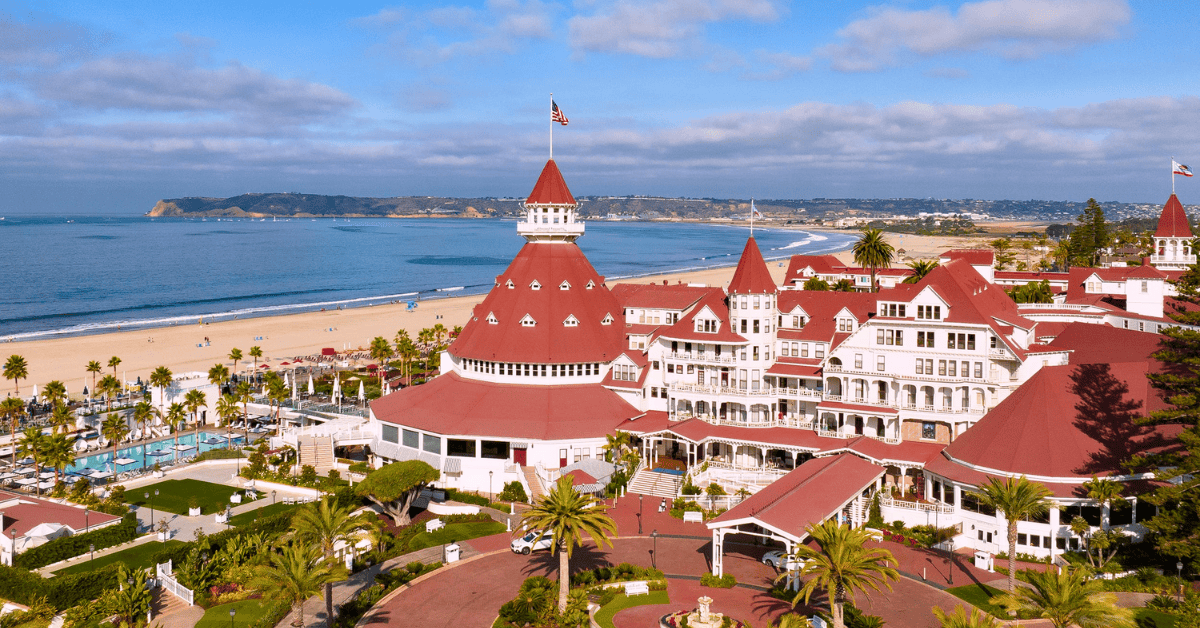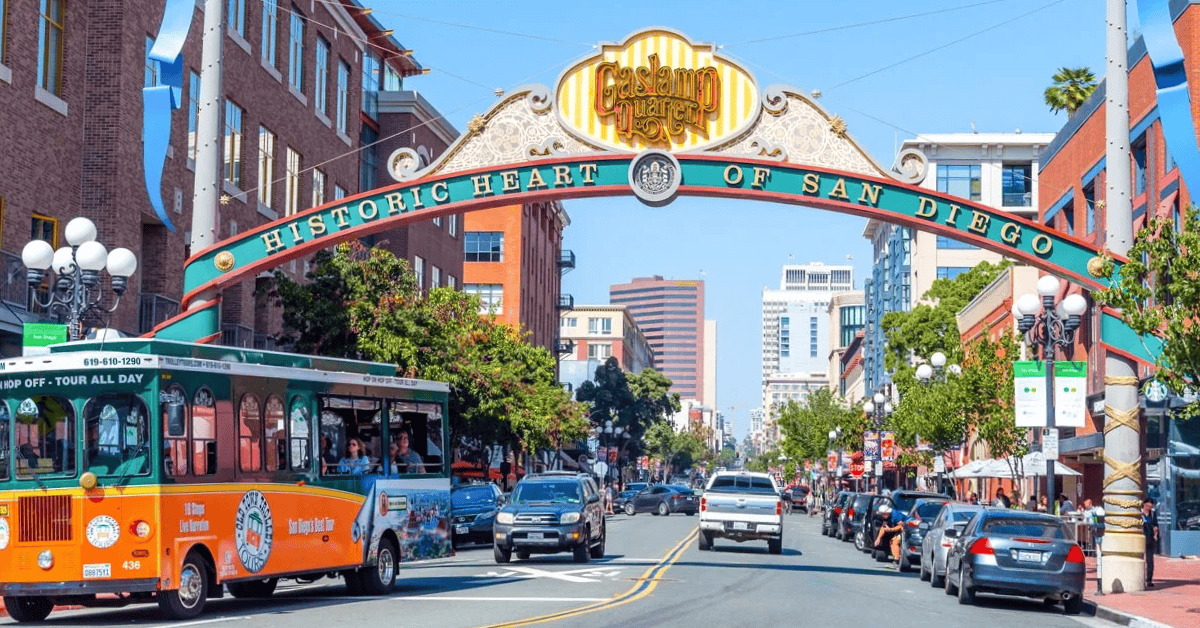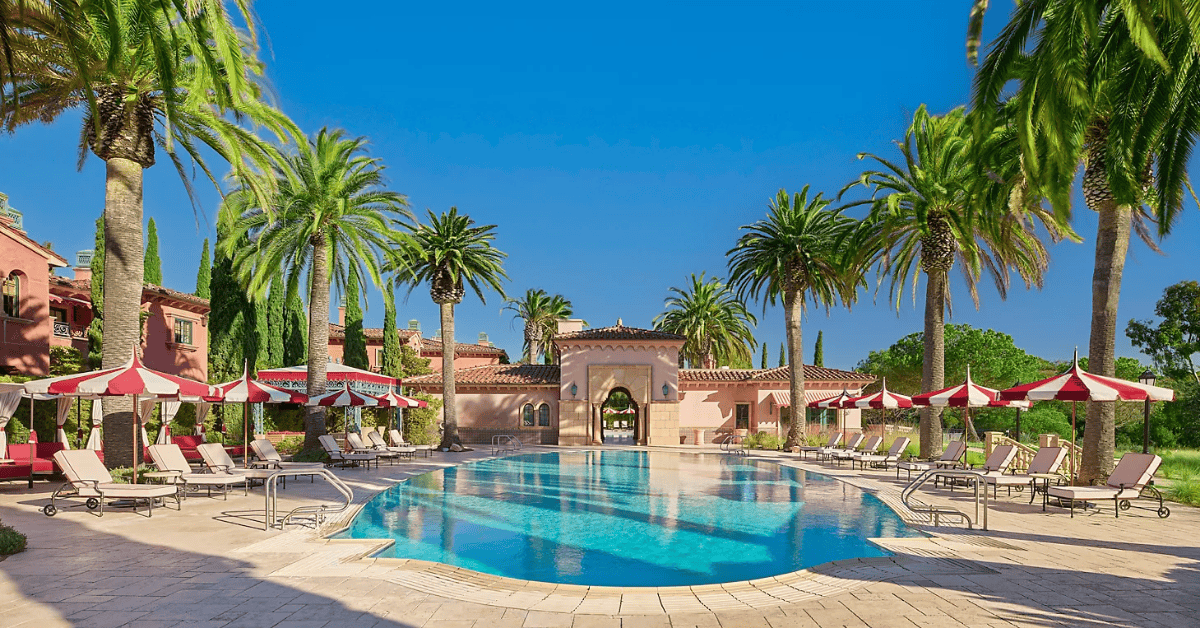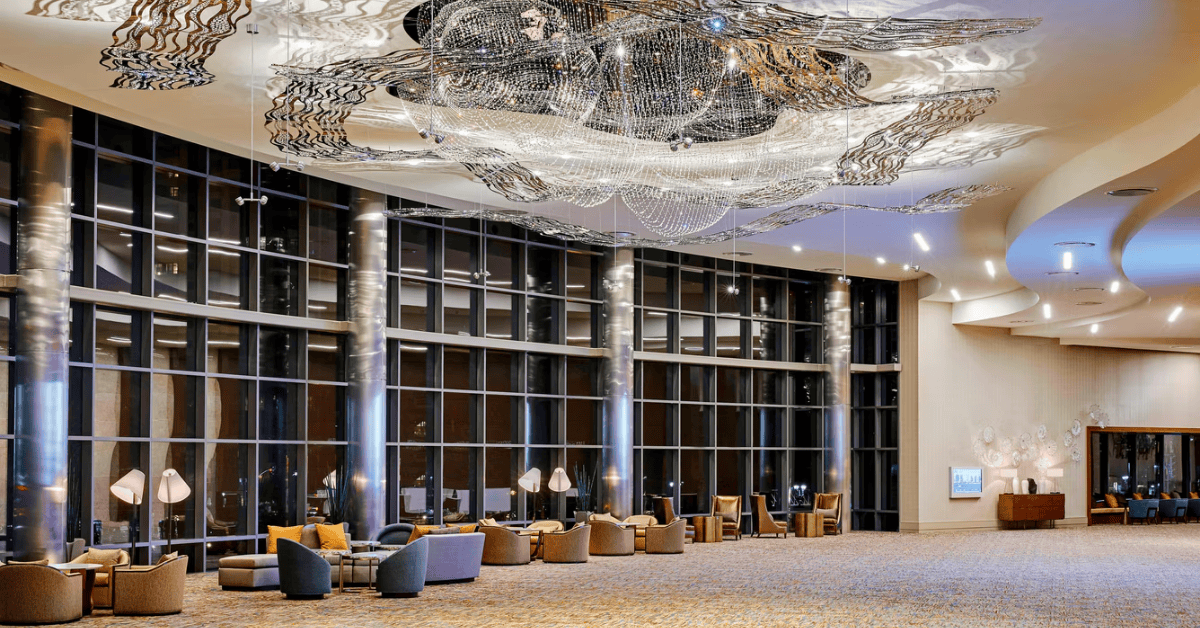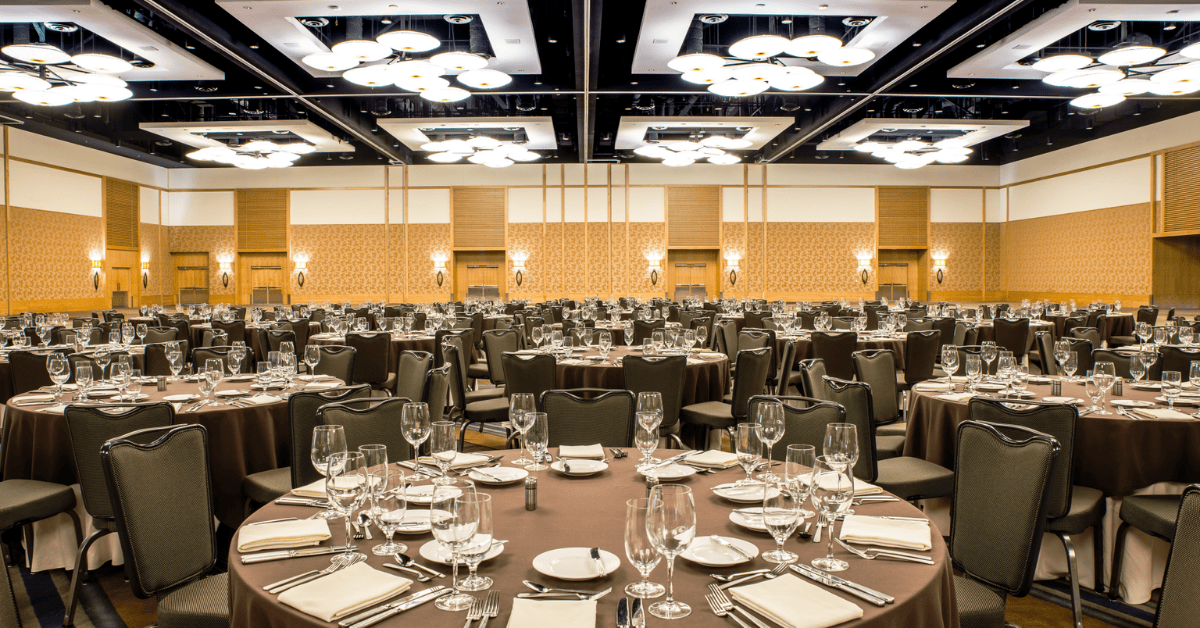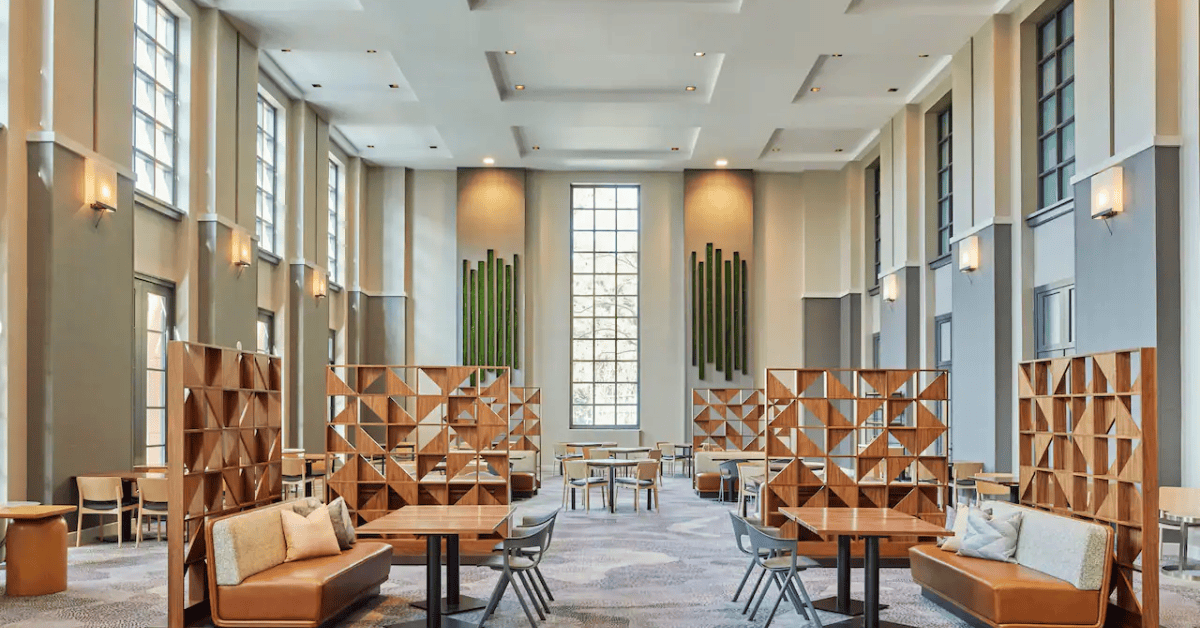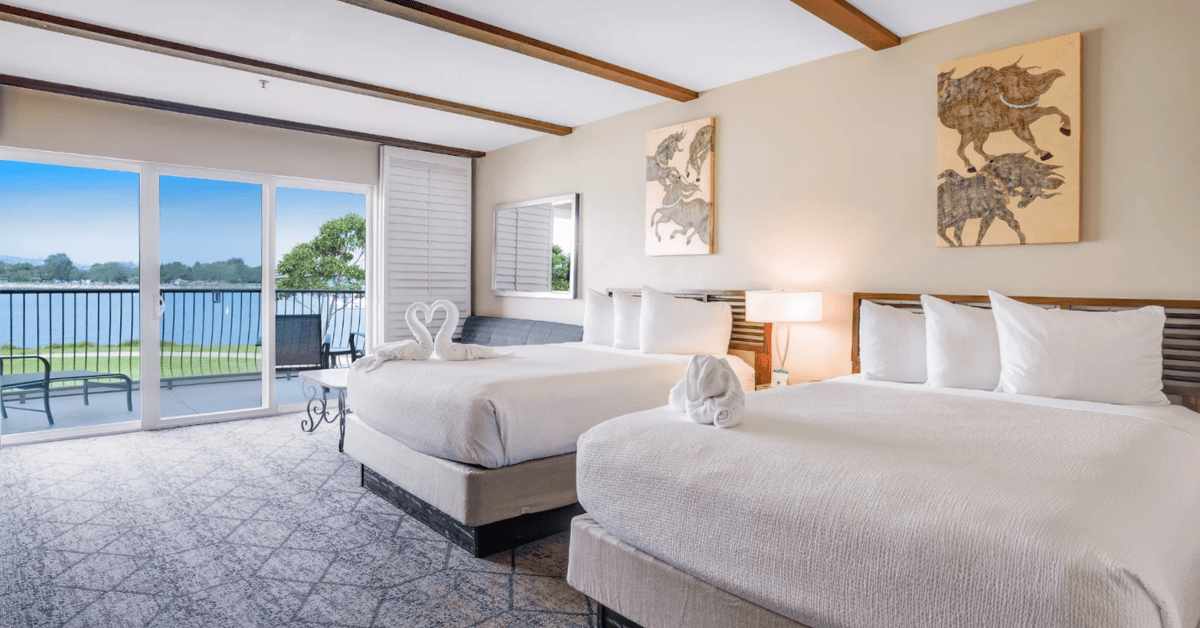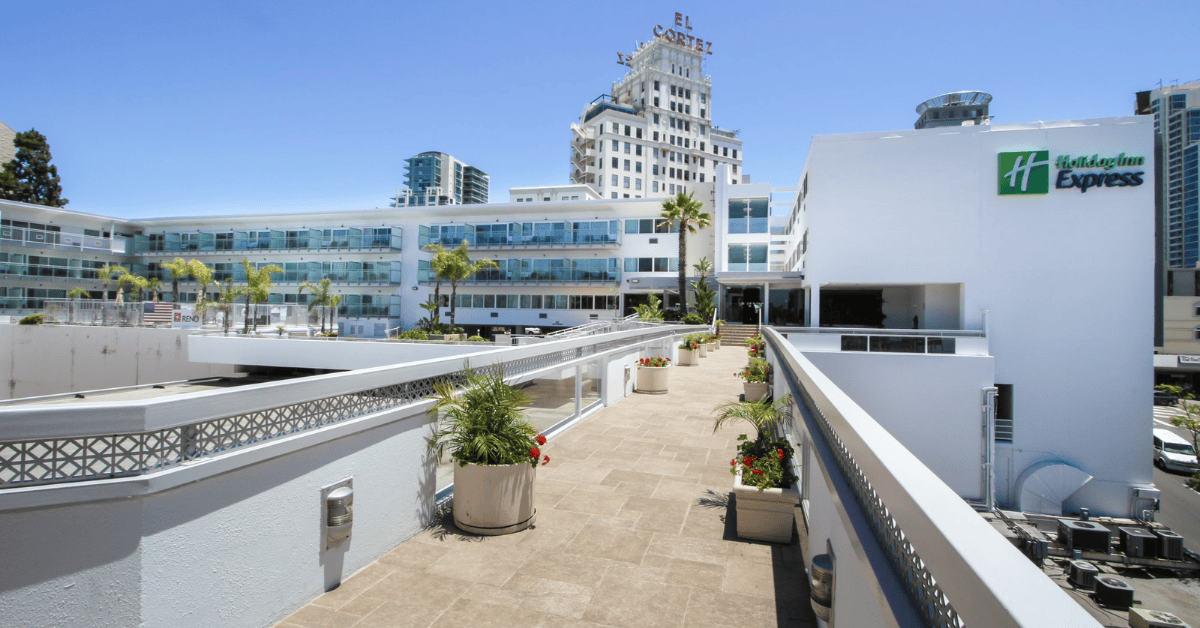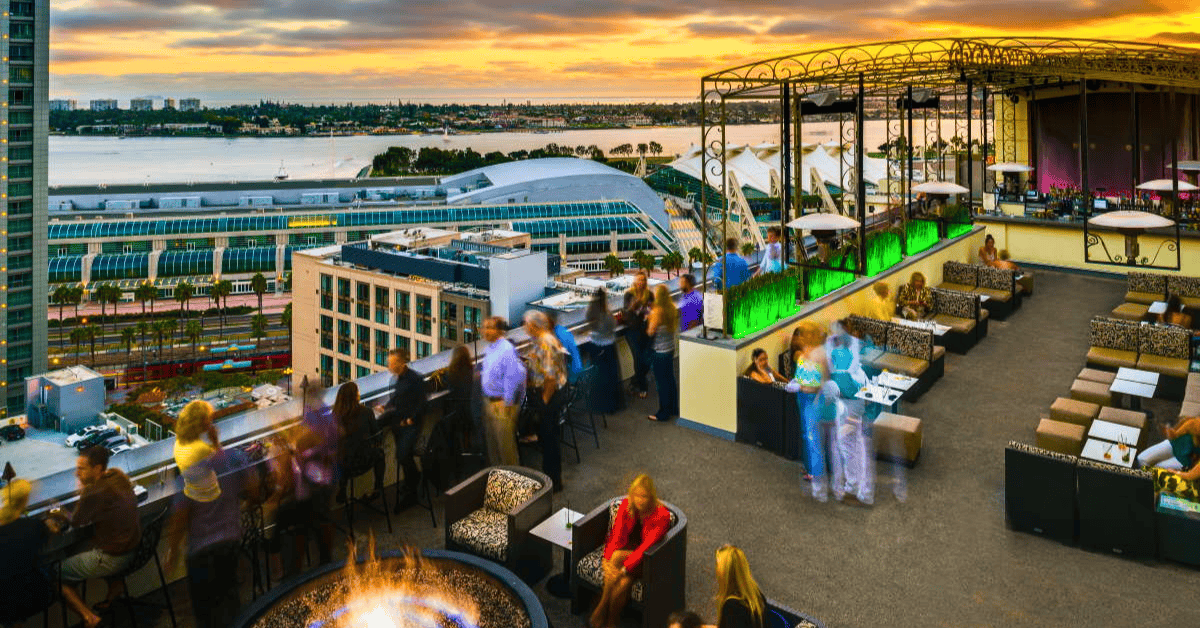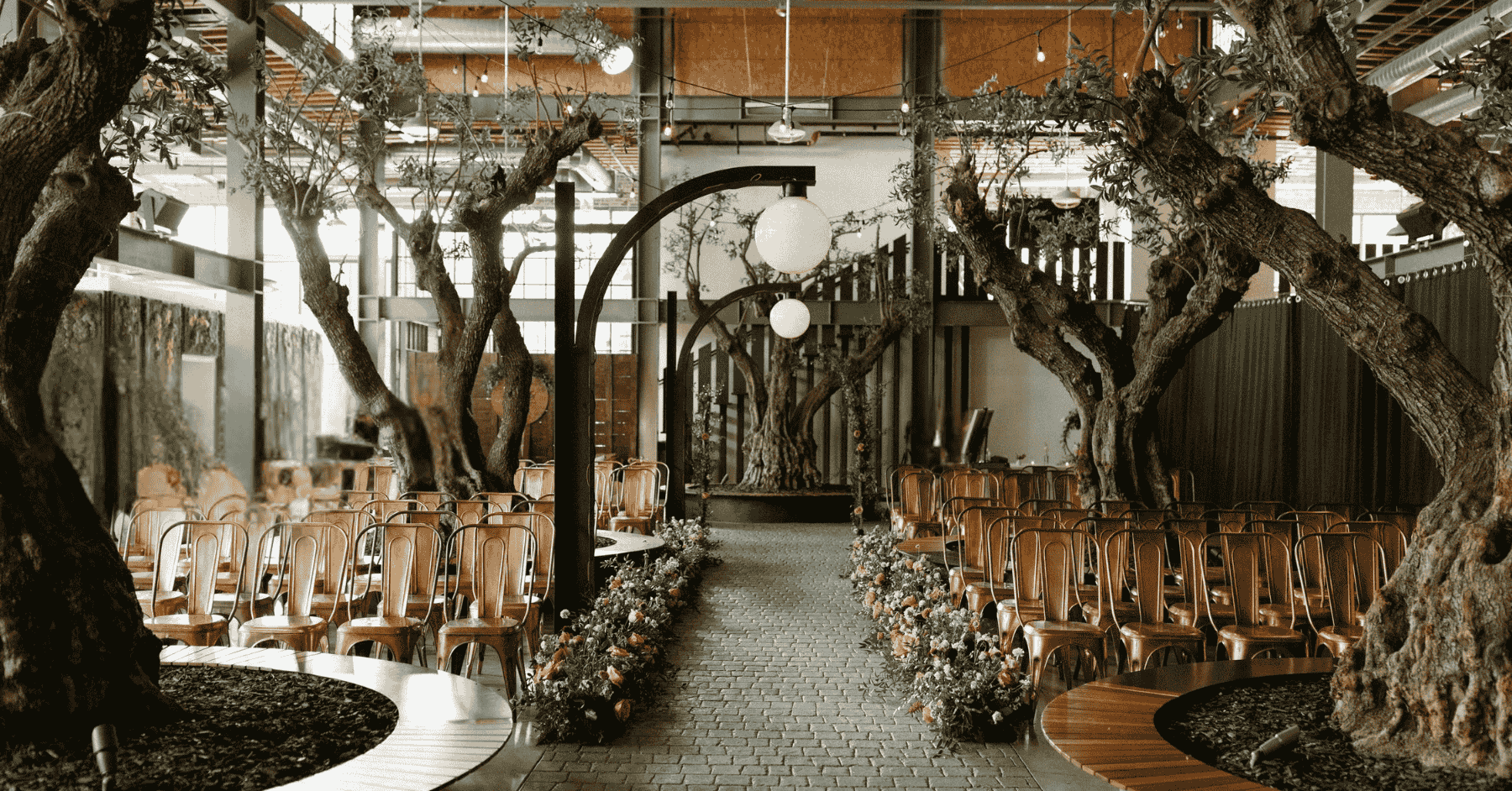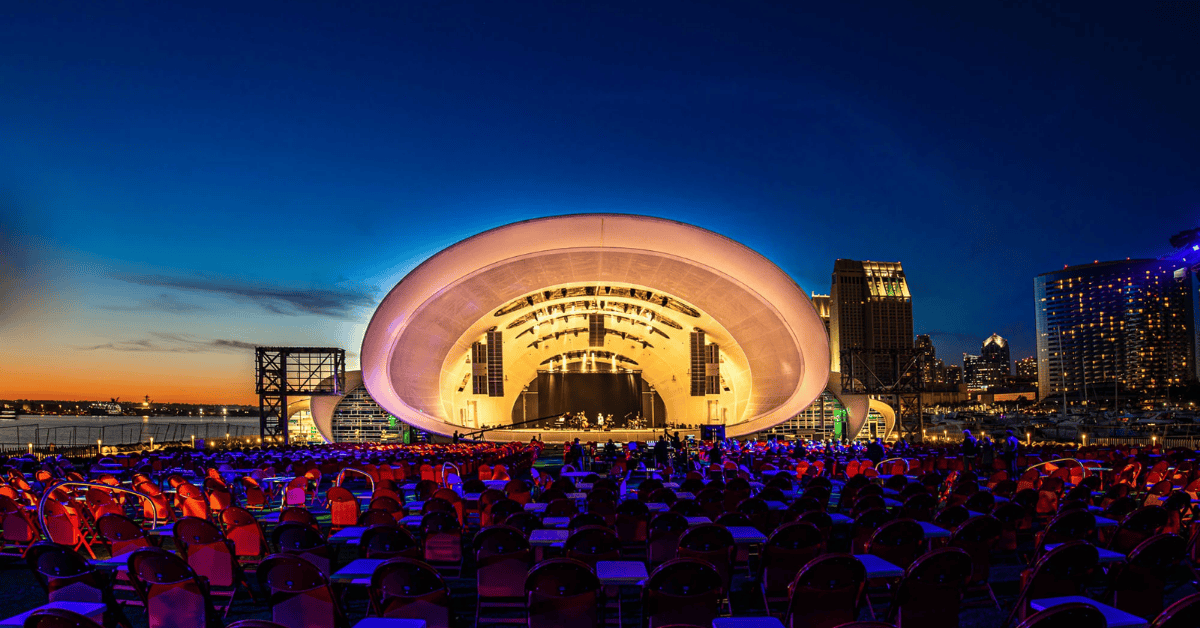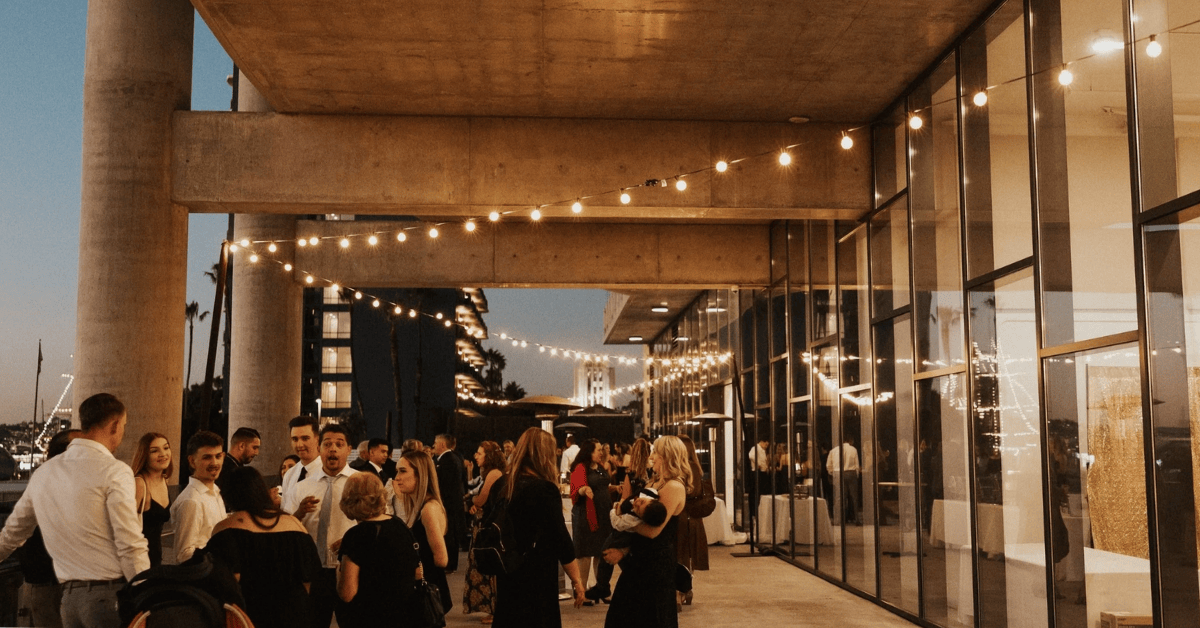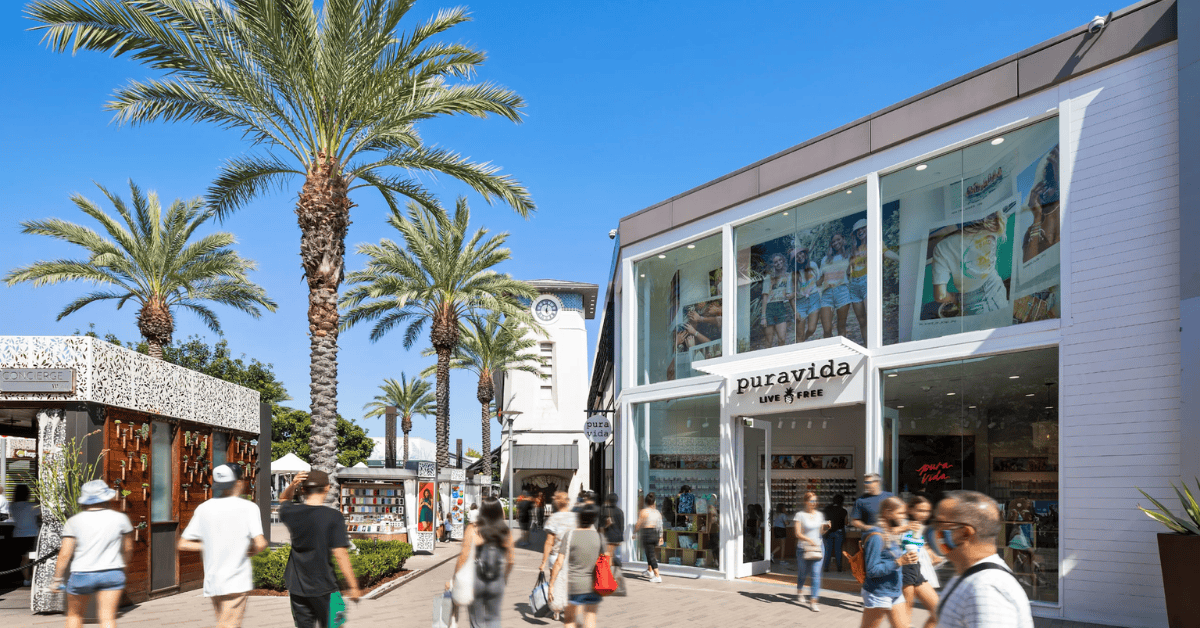
Thinking Small, Delivering Big: The Challenges of Smaller Meetings and Their Scalable Future
Originally published by Smart Meetings, written by our VP of Attendee Solutions, Jason Bond…
Groups360 VP of Attendee Solutions Jason Bond explains how new technology resources are helping meeting and event agencies and planners unlock value at scale.
Small Meetings and group events have long been a vital part of the $1.3 trillion global events industry, which is expected to double in size to $2.5 trillion by 2035. While they may not feature celebrity keynotes or generate major headlines, smaller gatherings make up the vast majority of meetings produced by corporations, associations and organizations worldwide, regardless of industry.
In 2023, the corporate meeting segment alone was valued at $325 million. In this key sector, events such as board meetings, team offsites, trainings, client workshops and planning sessions, play a significant role in organizational health. They drive strategy, strengthen culture, foster collaboration and enable critical face-to-face interactions. And with the continued growth of remote and hybrid work, the demand for frequent, regional, high-touch meetings has only intensified.
Unlike large events that justify more dedicated resources, small meetings are often managed with limited budgets, leaner teams and shorter lead times. Yet the logistical effort required can be just as significant as larger events, especially when multiplied across hundreds or even thousands of meetings per year. To keep pace, planners need new strategies, more efficient workflows and the support of purpose-built tools that reflect the scale and speed of today’s meeting landscape.
The Core Challenge: High Volume and Expectations Meet Tight Resources
On average, small meetings represent 70–80% of all meetings within a typical organization’s portfolio. Their formats may vary, but the planning steps remain familiar: venue sourcing, vendor coordination, contracting, approvals and often attendee logistics like travel and housing. If a team manages 1,000 meetings a year, and 800 of those are classified as “small,” the administrative lift is immense and especially challenging when teams are operating with limited resources. Even with event calendars filling up again since the pandemic, the issue has only worsened with many organizations still understaffed.
At the same time, expectations around meetings are also rising across the board. Whether corporate leaders, association executives or agency partners, today’s clients expect more than flawless logistics. They expect planners to bring strategic value, operate efficiently and deliver measurable results. That expectation now applies to meetings of every size.
Meeting this moment requires a new mindset. The challenge isn’t whether to support these meetings, but instead how to support them more efficiently, without overburdening planners or compromising the attendee experience.
Why Small Meetings Require Big Strategy
While the business value of smaller meetings is clear, the real issue is that traditional planning models weren’t built to support small meetings at scale. These events often fall into a middle ground, as most are too complex for DIY booking tools yet too low-margin for full-service models. As a result, they’ve long been underserved from a technology and process perspective.
However, with the advent of advanced technologies and tools, that’s beginning to change. New platforms and planning models are emerging to close the gap, enabling small meetings to be sourced, booked and executed more efficiently, while still aligning with organizational goals.
Technology as a Strategic Enabler
While much of the industry’s innovation in meetings technology has centered on large-scale events, planners focusing on smaller meetings are increasingly looking for tools that simplify routine tasks, bypass time-consuming traditional RFPs, reduce friction and streamline workflows without compromising visibility or control. The goal isn’t to replace the expertise of planners, but to help them scale their efforts. The value of technology is to ensure faster service without compromising the quality of results, especially when managing high volumes of smaller, time-sensitive events.
Platforms designed with these needs in mind are helping to close the gap. Core functionalities such as real-time inventory access, simplified contracting processes and direct booking capabilities allow planners to act quickly, while maintaining alignment with organizational requirements and standards. These efficiencies can support internal teams as well as third-party agencies, offering a more agile way to manage recurring or lower-complexity meetings.
Adopting New Tools Starts with Culture
One of the biggest challenges to implementing new technology isn’t the technology itself. Instead, it’s integrating it into existing organizational structures. Planners tend to be highly adaptable, but in many enterprise and agency environments, sourcing and approval processes are tied to long-established workflows and procurement protocols.
Successful adoption of new tools often requires a deliberate focus on change management. That means supporting planners through training and onboarding, aligning with procurement stakeholders and ensuring that the technology integrates smoothly with existing systems and compliance requirements. Selecting a technology solution that is user-friendly and easy to implement can help ease the process and optimize adoption.
When done well, the introduction of new planning tools can go beyond operational improvement. It can prompt a broader reevaluation of legacy workflows, foster collaboration across departments and help planning teams align more closely with business goals, while laying the groundwork for long-term efficiency and growth.
Looking Forward: A New Era for Small Meetings
As hybrid work models continue to evolve, we’re seeing even more demand for smaller, face-to-face meetings that serve very specific purposes; whether it’s bringing together a regional sales team, hosting a client strategy session or offering executive training and continuing education.
The sheer volume of these meetings is growing, and with that growth comes a need for smarter support. The solution isn’t to throw more headcount at the problem. It’s to empower the people already doing the work with more efficient processes. Planning teams should be focused on impact, not administration. They should have time to think creatively, serve stakeholders and deliver results. Smart technology systems and process adoption is what makes that possible.
Measuring What Matters
Finally, the move toward smarter technology also opens the door to better measurement. By streamlining and standardizing how small meetings are sourced and booked, planners can begin to capture more meaningful data around spend, engagement and outcomes. This helps answer the most important question in the meetings industry that doesn’t get asked often enough: Why are we doing this event?
By connecting the dots from sourcing through reconciliation, organizations can begin to tie meetings, both large and small, to broader business objectives. They can evaluate return on investment and return on engagement with much greater clarity. And they can make more strategic decisions about how to invest in future events.
Small Meetings With Big Impact
The bottom line? Small meetings are not small in significance. They play an essential role in the success of organizations across every industry. However, supporting them at scale and doing so sustainably requires a new approach. That approach starts with the smart application of technology. With newer platforms tailored to fit small meeting coordination needs, planners can work faster, easier and more efficiently to deliver value at every level: from the planner managing logistics to the executive measuring outcomes.
When we empower planners with the right tools, we don’t just make small meetings more manageable; we make them more impactful, more strategic and more valuable than ever before.
About the author: Jason Bond is Vice President of Attendee Solutions at Groups360, where he draws on more than 25 years of meetings and events experience to help organizations improve efficiency, engagement and ROI through smarter planning models and innovative technology
Ready to experience the digital difference?
Easily search, compare, and book hotel room blocks, meeting rooms, or event space on GroupSync.

